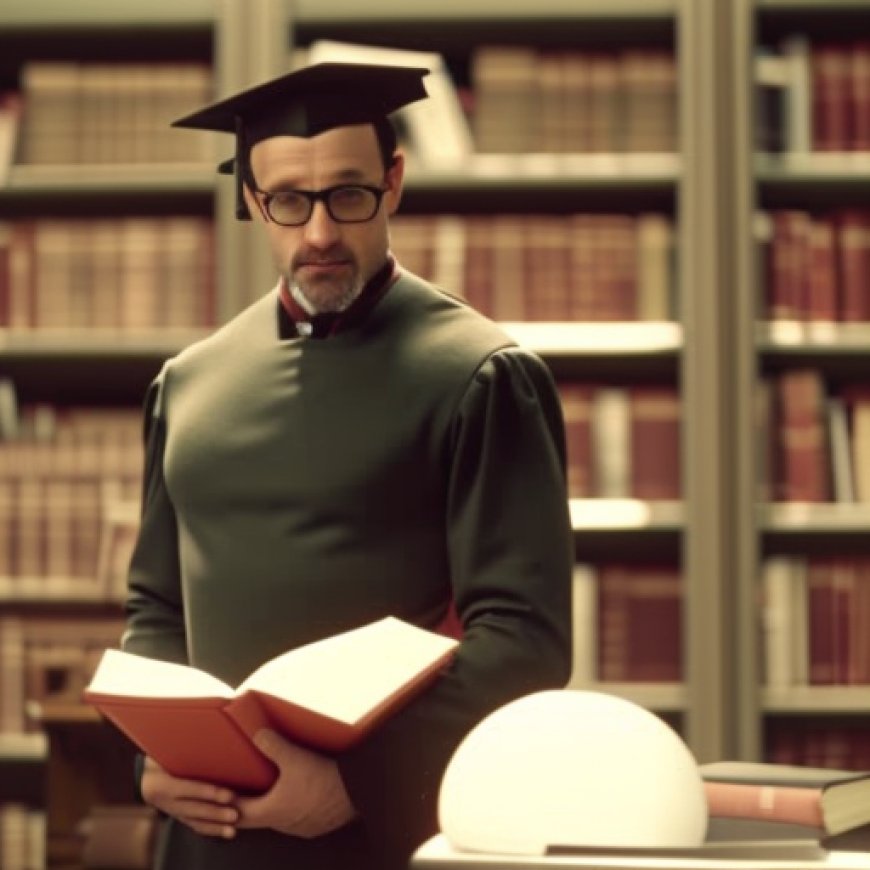Wallace College holds book drive for Adult Education and Literacy awareness
Wallace College holds book drive for Adult Education and Literacy awareness WDHN


Wallace Community College Holds Book Drive for Literacy Week

DOTHAN, Ala (WDHN) — Is your library getting a little full? Maybe consider donating some books for Literacy Week!
To celebrate National Adult Education and Family Literacy Week, Wallace Community College’s Adult Education Department will hold a book drive from Monday, September 18, through Friday, September 22.
Donations are welcome, with no age restrictions on the materials given. Books donated to the drive will be given to age-appropriate childcare centers, community service organizations, and senior assisted living centers.
Book Drop-off Locations:
- Wallace-Community College-Dothan:
- Grimsley Hall
- Heersink Health Science Building
- Adult Education Building
- Sparks Campus in Eufaula:
- Building A
Research has shown that individuals who read at a high school level tend to have higher incomes, acquire better jobs, and are healthier than those who do not read at that level. Simply put, the ability to read is necessary to manage life effectively on a day-to-day basis. Our program wants to encourage everyone to take time out of their schedules and either read a book for themselves or to someone else. Reading is fun!
Barbara Steger, WCCD Adult Education Director
According to Wallace Community College, National Adult Education and Family Literacy Week showcases the value of adult education and family literacy.
For more information about the Adult Education Literacy Week Book Drive, you are encouraged to contact Allision Williams at awilliams@wallace.edu or 334-556-2375.
SDGs, Targets, and Indicators
| SDGs | Targets | Indicators |
|---|---|---|
| SDG 4: Quality Education | 4.6: By 2030, ensure that all youth and a substantial proportion of adults, both men and women, achieve literacy and numeracy. | Not mentioned or implied in the article. |
| SDG 10: Reduced Inequalities | 10.2: By 2030, empower and promote the social, economic, and political inclusion of all, irrespective of age, sex, disability, race, ethnicity, origin, religion or economic or other status. | Not mentioned or implied in the article. |
| SDG 11: Sustainable Cities and Communities | 11.3: By 2030, enhance inclusive and sustainable urbanization and capacity for participatory, integrated and sustainable human settlement planning and management in all countries. | Not mentioned or implied in the article. |
| SDG 17: Partnerships for the Goals | 17.17: Encourage and promote effective public, public-private and civil society partnerships, building on the experience and resourcing strategies of partnerships. | Not mentioned or implied in the article. |
1. Which SDGs are addressed or connected to the issues highlighted in the article?
The issues highlighted in the article are related to literacy and education. The SDGs that are connected to these issues are SDG 4: Quality Education, SDG 10: Reduced Inequalities, SDG 11: Sustainable Cities and Communities, and SDG 17: Partnerships for the Goals.
2. What specific targets under those SDGs can be identified based on the article’s content?
Based on the article’s content, the specific targets that can be identified are:
– Target 4.6: By 2030, ensure that all youth and a substantial proportion of adults, both men and women, achieve literacy and numeracy.
– Target 10.2: By 2030, empower and promote the social, economic, and political inclusion of all, irrespective of age, sex, disability, race, ethnicity, origin, religion or economic or other status.
– Target 11.3: By 2030, enhance inclusive and sustainable urbanization and capacity for participatory, integrated and sustainable human settlement planning and management in all countries.
– Target 17.17: Encourage and promote effective public, public-private and civil society partnerships, building on the experience and resourcing strategies of partnerships.
3. Are there any indicators mentioned or implied in the article that can be used to measure progress towards the identified targets?
No indicators are mentioned or implied in the article that can be used to measure progress towards the identified targets.
Behold! This splendid article springs forth from the wellspring of knowledge, shaped by a wondrous proprietary AI technology that delved into a vast ocean of data, illuminating the path towards the Sustainable Development Goals. Remember that all rights are reserved by SDG Investors LLC, empowering us to champion progress together.
Source: wdhn.com

Join us, as fellow seekers of change, on a transformative journey at https://sdgtalks.ai/welcome, where you can become a member and actively contribute to shaping a brighter future.







